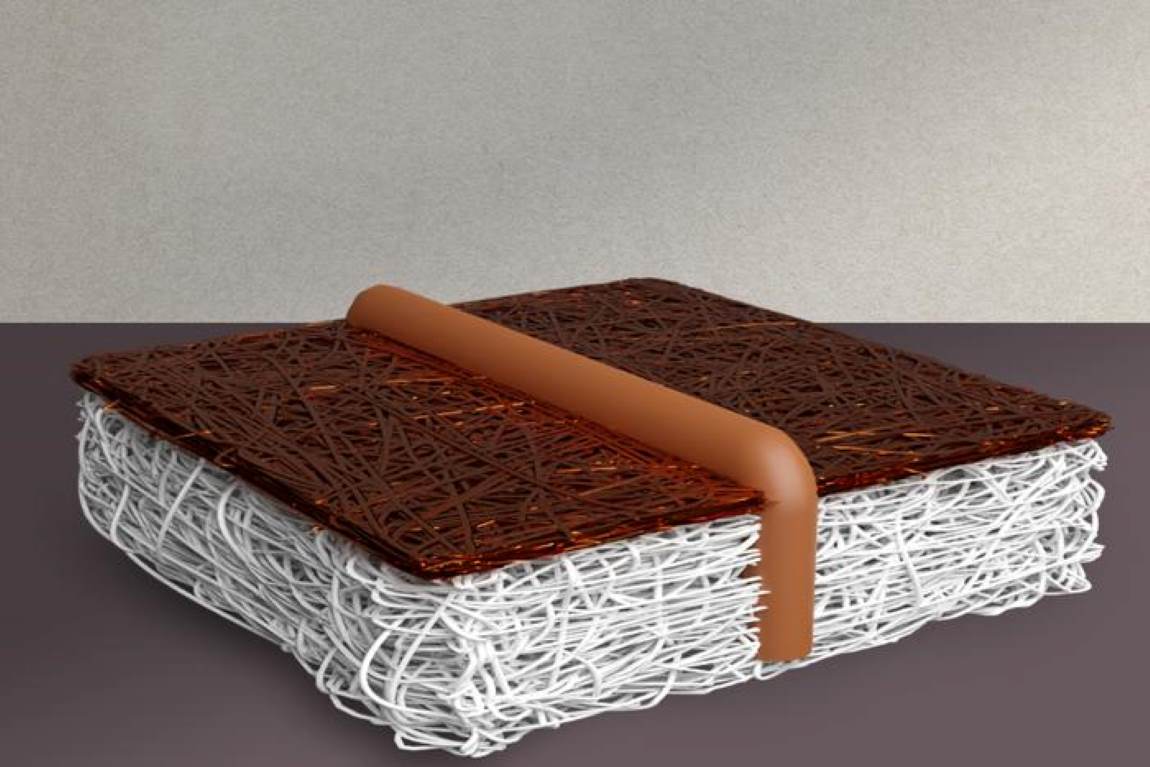As global efforts to curb greenhouse gas emissions accelerate, researchers continue to search for practical and cost-effective solutions to convert captured carbon dioxide (CO2) into valuable products.
In a recent breakthrough, engineers at the Massachusetts Institute of Technology (MIT) have introduced a new design for electrodes, significantly enhancing the efficiency of CO2 conversion processes. This advancement could unlock more scalable and economically viable methods for transforming CO2 into essential products like fuels, chemical feedstocks, and even building materials, potentially reducing reliance on fossil fuels in these sectors.
Their findings are reported in Nature Communications.
MIT professor Kripa Varanasi, part of the research team, emphasized the urgency of practical CO2 removal methods, as emissions continue to climb worldwide. “The CO2 problem is a big challenge for our times, and we are using all kinds of levers to solve and address this problem,” he said.
Effective CO2 management involves not only capturing the gas from sources like power plants and directly from the air or oceans, but also finding economically viable methods to utilize the captured CO2.
The team’s focus was on electrochemically converting CO2 to ethylene – a widely used chemical in the production of plastics and fuels and traditionally derived from petroleum. Current approaches, however, face economic limitations. To address these, the MIT researchers developed a modified gas diffusion electrode using a plastic material called PTFE, or Teflon, known for its hydrophobic properties but limited conductivity.
By incorporating a series of conductive copper wires within a thin PTFE layer, they achieved an electrode that is both water-repellent and highly conductive. This novel design significantly reduces energy loss, making the CO2-to-ethylene conversion process more efficient and scalable.
“This work really addressed this challenge, as we can now get both conductivity and hydrophobicity,” Varanasi explained. The team found that traditional gas diffusion electrodes struggle with a tradeoff: improving conductivity often decreases hydrophobicity, resulting in inefficiencies. By weaving copper wire through the PTFE layer, the researchers sidestepped this issue, achieving both properties simultaneously.
Additionally, they produced a sheet 10 times larger than standard lab samples to demonstrate scalability.
Simon Rufer, an MIT doctoral student and co-author of the study, pointed out that they made significant strides in understanding the scaling effects of conductivity, previously untested for larger electrodes. Tests indicated a sharp drop in conductivity with increased size, underscoring the need for conductive enhancements.
The new design effectively divides the electrode into smaller, high-conductivity sub-sections, each powered by copper wiring. “We split it into a bunch of little subsegments, each of which is effectively a smaller electrode,” Rufer noted. This structure improves efficiency, enabling consistent performance across larger electrodes.
Notably, the research team tested their electrode over a 75-hour continuous run, with minimal decline in performance. This durability is critical for real-world applications, where long-term reliability is essential. Their electrode design is also versatile; Rufer explained that the copper weaving can integrate with any gas diffusion electrode and does not depend on specific catalysts, making it adaptable to various CO2 conversion systems.
The team’s success is largely attributed to a problem-solving approach focused on scalability from the outset. “Given that we will need to process gigatons of CO2 annually to combat the CO2 challenge, we really need to think about solutions that can scale,” Varanasi emphasized. This focus on large-scale potential led them to identify key technical challenges and devise a solution that could help industry meet CO2 conversion needs cost-effectively.
Journal Reference:
Rufer, S., Nitzsche, M.P., Garimella, S. et al. ‘Hierarchically conductive electrodes unlock stable and scalable CO2 electrolysis’, Nature Communications 15, 9429 (2024). DOI: 10.1038/s41467-024-53523-8
Article Source:
Press Release/Material by Massachusetts Institute of Technology (MIT)
Featured image: A new electrode design developed at MIT boosts the efficiency of electrochemical reactions that turn carbon dioxide into ethylene and other products. Credit: Courtesy of Simon Rufer, Kripa Varanasi, et al. (2024) | DOI: 10.1038/s41467-024-53523-8 | CC BY-NC-ND



